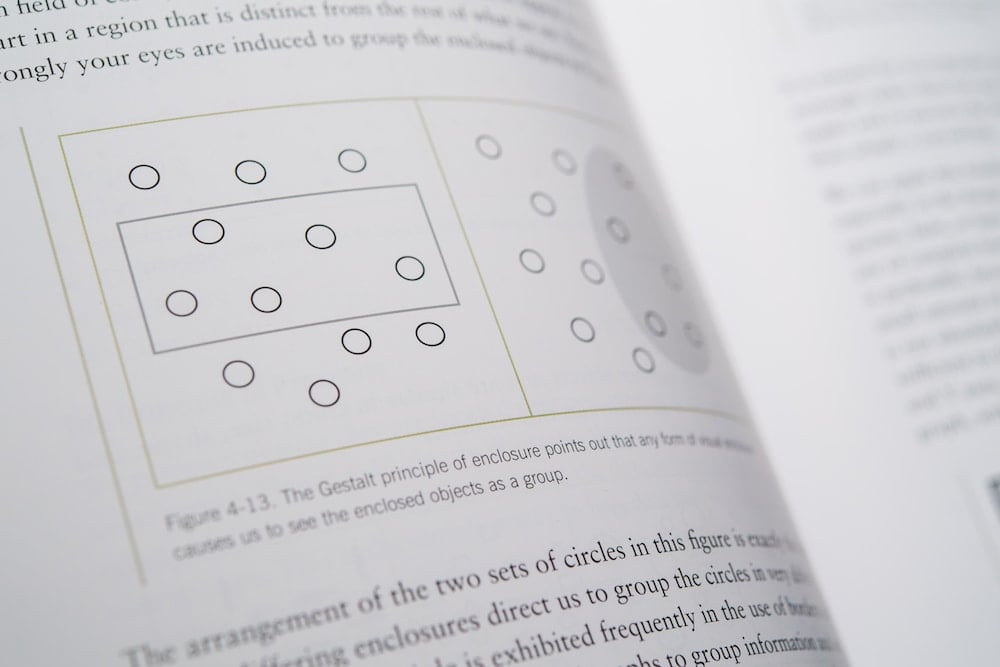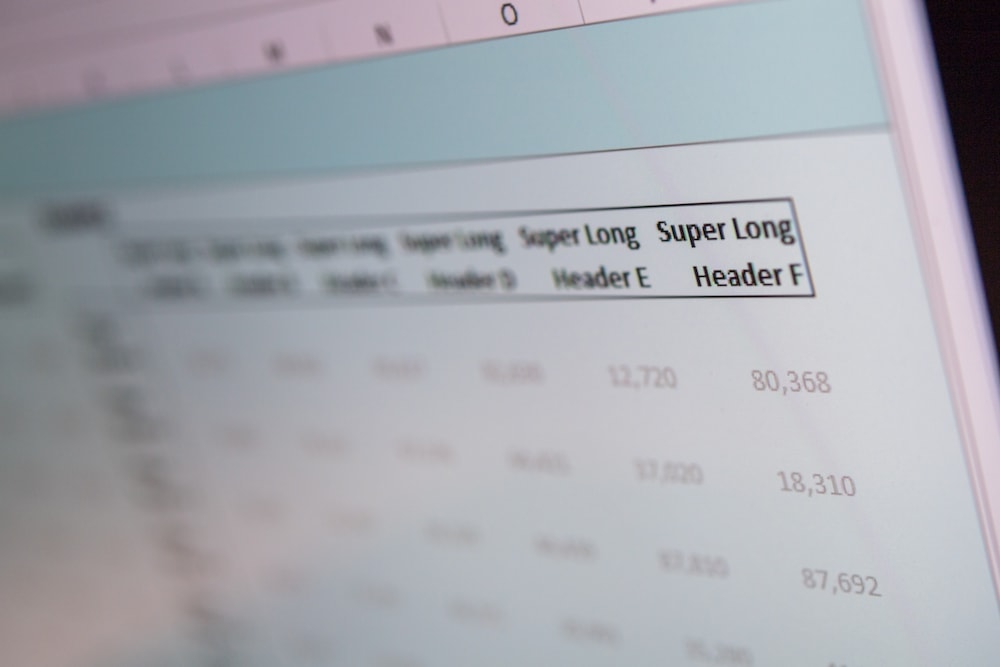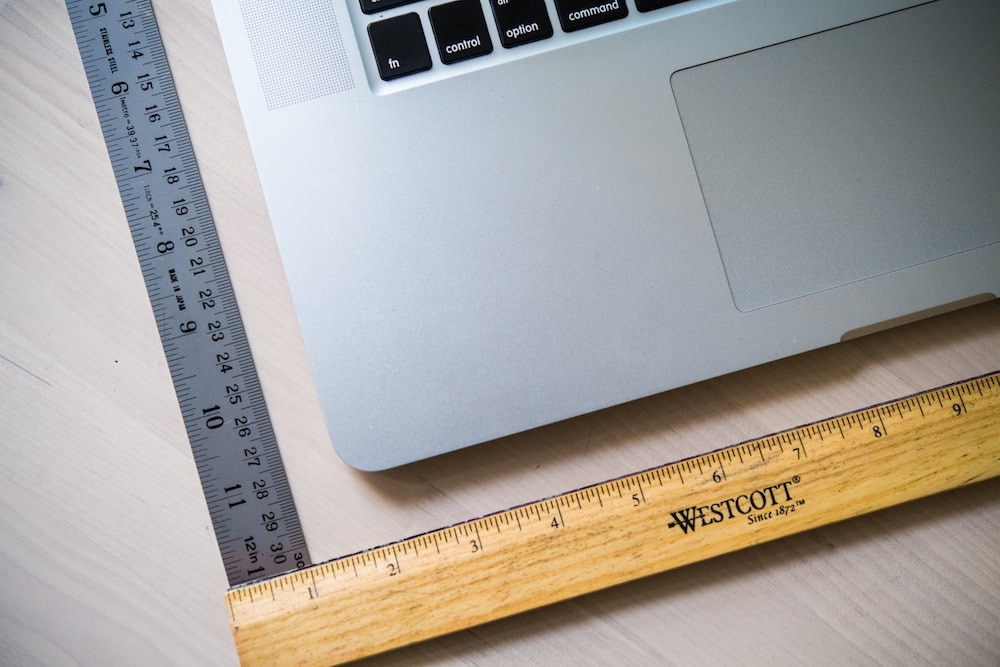FACT: Most Excel files either have way too many borders, or not enough. The reason? Formatting borders with the mouse is inconvenient and time consuming.
The solution? Watch this video and learn 6 Excel shortcuts for the most common border formats.
Download FREE Hands-On Exercises
Full Video Transcript:
Can I ask you a personal question? How much time are you spending creating borders? If it’s any more than a few seconds, you’re taking way too long.
But don’t worry, in this video, I’ll show you how to create the exact borders you want, fast.
We all know borders are important because it separates information, like headers or total rows from the rest of the table.
But the real question is how do we create the exact borders we want and how do we do it efficiently? We can actually do it very, very fast and very efficiently with the following shortcut.
So for the PC, we want to do things like CTRL + SHIFT + & to create an outside border on the current selection. Let me show you how this works, right? If I’m over here and I do CTRL + SHIFT + &, it looks like nothing happened, but as soon as I move the selection away, I’ve left that outside border there in place. It’s there, it’s waiting, it’s awesome.
You can even select a few different cells and then do that shortcut CTRL + SHIFT + & and then you move aside and you get that same effect.
Let’s go to the next shortcut. Over here is the CTRL + SHIFT + _ (Underscore) to remove the outside border from the current selection. So, if I want to take this one only, I can do CTRL + SHIFT + _ (Underscore) and it’s going to remove it, or I can take an entire selection like this and overlap it that way, if I want to save some time to do it across the board.
The memory trick here is to think of it as an ampersand, you’re adding a lot of borders, hence the outside, everything up on a perimeter of the current selection.
The underscore is like a blank, so you want to fill in the blanks, right? It’s going to remove whatever border you had on the outside.
The next series of shortcuts are going to be a little bit more involved, in the sense that we have the ALT + H + B and then a letter. So, the way that works here is…let me show you each example. ALT + H + B Home Border and we get a ton of options, but we don’t want to use all these because they’re not as useful.
In fact, the P is really helpful because it’s going to be the top. Now, T was already taken, but P, you want to think of it as popping the top off the Pringles. It’s a lot of P’s in the sentence but it basically helps you remember to put it towards the top, right?
If you want to do the bottom, it’s ALT + H + B + O for the bottom. Think of O as like, the original flavor of Pringles, which is the bottom of the barrel, because some people hate it, apparently. And you can also think of it as like a Pringles can on a table and tracing a pencil around it and it draws a little O there. So ALT + H + B + O will get you to the bottom of whatever the current selection is.
In contrast, ALT + H + B + L is for left border, ALT + H + B + R is for right, those are really straightforward. So again, you can do all the directions you want based on the current selection if you just start with the ALT + H + B and then a letter that corresponds to the border that you want.
Things are a little bit different for the Mac. So, if we want to go back to the other sheet here, we’ll see that, in fact, the same things can be achieved, but it’s done a little bit differently.
So, with the Mac, you want to use the OPT + COMMAND + 0 (Zero) to add the outside border. If you look at it, it’s kind of like an outside perimeter. Sort of. But basically, helps you draw the outside border.
If you do the OPT + COMMAND + _ (Underscore), that’s the same to remove the outside border, and then this is one of those rare cases where Mac is better than a PC, in terms of the default shortcuts, because you just use the arrows. You do OPT + COMMAND + UP up to create a top border, DOWN for a bottom border etc. etc. I think that’s awesome and I love that about the Mac shortcuts there. So, if you have a Mac, enjoy it while you can.
Let’s see these bad boys in action, right? Go ahead and go to these different tabs and actually complete these exercises. So, you want to make the left section here match with the right section in the example, and use the borders shortcuts that we just learned.
So, select the cells you want first and then put into effect the actual shortcut CTRL + SHIFT + &, in this case, and you’ll just go through and fill in everything until it looks identical and until you pretty much have this down cold. So, go ahead and practice it for the outside border, removing borders, top, bottom, left, right, and if you’re feeling fancy, little challenge, anyone want to play pong, anyone? Yeah? Okay, great.
Don’t forget to visit excelshir.com where you can download these exercises, along with other free resources such as keyboard shortcut cheat sheets for both PC and Mac.
Thanks for watching and I’ll see you next time. And share that Excel love. Yeah, it’s contagious.





